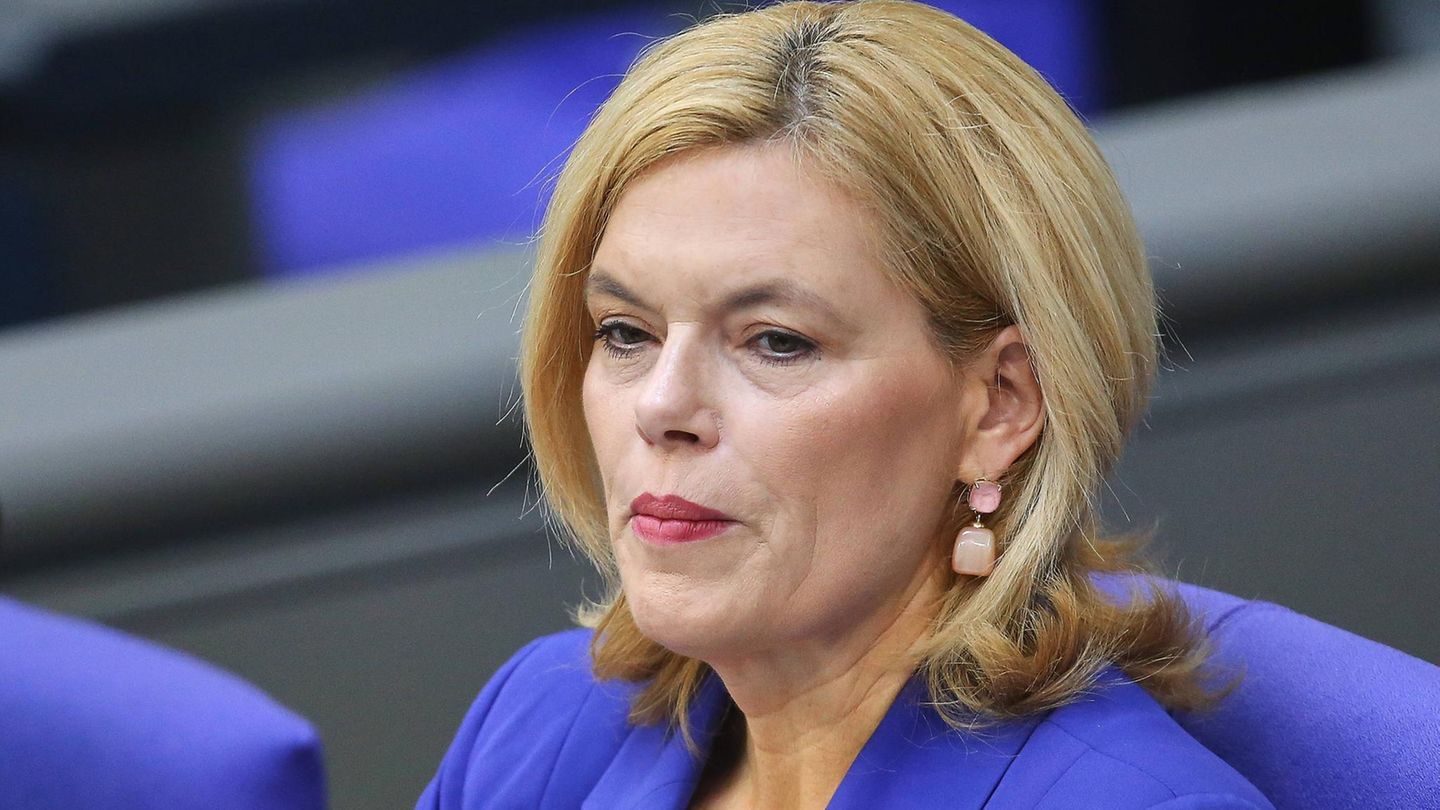The US Federal Reserve is committed to the goals of price stability and full employment. But at least the former is out of the question at the moment. Therefore, the Fed now decides to take a drastic step.
With the largest rate hike in almost 30 years, the US Federal Reserve wants to combat rising inflation and fuels fears of a recession. The Federal Reserve (Fed) is raising interest rates sharply by 0.75 percentage points, as announced on Wednesday.
Fed Chairman Jerome Powell emphasized that such a high rate hike is “naturally unusual” and not usual. At the same time, he held out the prospect of a further increase of 0.5 or 0.75 percentage points for the end of July. It is now a balancing act for the Fed to stop rising inflation while not slowing down economic growth too much.
The current interest rate hike is the third increase in the key interest rate since the beginning of the coronavirus pandemic – and the first increase of 0.75 percentage points since 1994. The central bankers had actually signaled an increase of 0.5 percentage points a few weeks ago. However, data last week showed that consumer prices rose 8.6 percent in May from the same month last year – putting pressure on the US Federal Reserve. She actually doesn’t like to surprise the markets. Shortly before the Fed meeting, there was even speculation about an increase of one percentage point – and the legendary Fed chairman Paul Volcker was remembered.
Fed assures: Do not try to bring about a recession
Volcker raised interest rates drastically in the 1970s and 1980s, at times exceeding 20 percent. Even then, the largest economy in the world was struggling with enormous inflation. Volcker is credited with successfully fighting inflation as central bank governor. But critics blamed his course for rising unemployment and a slump in economic growth. His measures were so radical that they pushed the US into a recession. Fed Chairman Powell was now trying to send a clear message: The Fed is determined to lower inflation. You are not trying to bring about a recession, he assured.
When interest rates rise, citizens and businesses borrow less or have to spend more to borrow. As a result, growth is slowing down and companies can no longer simply pass on higher prices. All of this has a direct impact on people’s everyday lives – such as credit card bills, loans and mortgages. The goal is to reduce demand over time to allow prices to fall and stabilize. The result: inflation falls.
However, if growth is slowed down too quickly, the US could slide into a recession. A recession is a general economic downturn. The decision-makers at the Fed are now anticipating an average key interest rate of 3.4 percent by the end of the year and even 3.8 percent in the coming year – but this is still a long way from the Volcker times. “We have both the tools and the determination to restore price stability in the interests of American families and businesses,” Powell said. Public confidence in the Fed is now also important.
Higher unemployment rate as a necessary compromise
The forecasts of the US central bank now show that the unemployment rate will rise in the coming years, also thanks to the interest rate hike. For Powell, that’s apparently a necessary compromise. The unemployment rate was a low 3.6 percent in May – an achievement for which US President Joe Biden has consistently boasted. “An unemployment rate of 4.1 percent with inflation moving towards 2 percent – I think that would be a successful outcome,” Powell said.
“Of course, we never think that too many people have to work and fewer people have to work,” stressed the Fed chairman when asked whether people should now lose their jobs in the fight against inflation. “But we also believe that without price stability you can’t have the labor market we want.”
Powell also stressed that the war in Ukraine and the corona lockdowns in China are having a significant impact on the economy. “The problem is that you don’t know if these forces will last to what extent,” said the 69-year-old. It is open whether one will return to a world that looks a little more like “the old world” in the foreseeable future. “Or will we be in a world where we have major supply shocks, like we did in the ’70s, and then they go away and things level off?” he asked. In view of the uncertainty, it is now important to ensure price stability “in the new world”.
Source: Stern
Jane Stock is a technology author, who has written for 24 Hours World. She writes about the latest in technology news and trends, and is always on the lookout for new and innovative ways to improve his audience’s experience.




